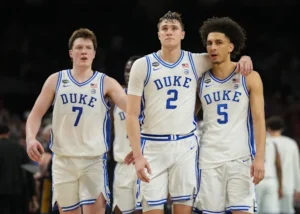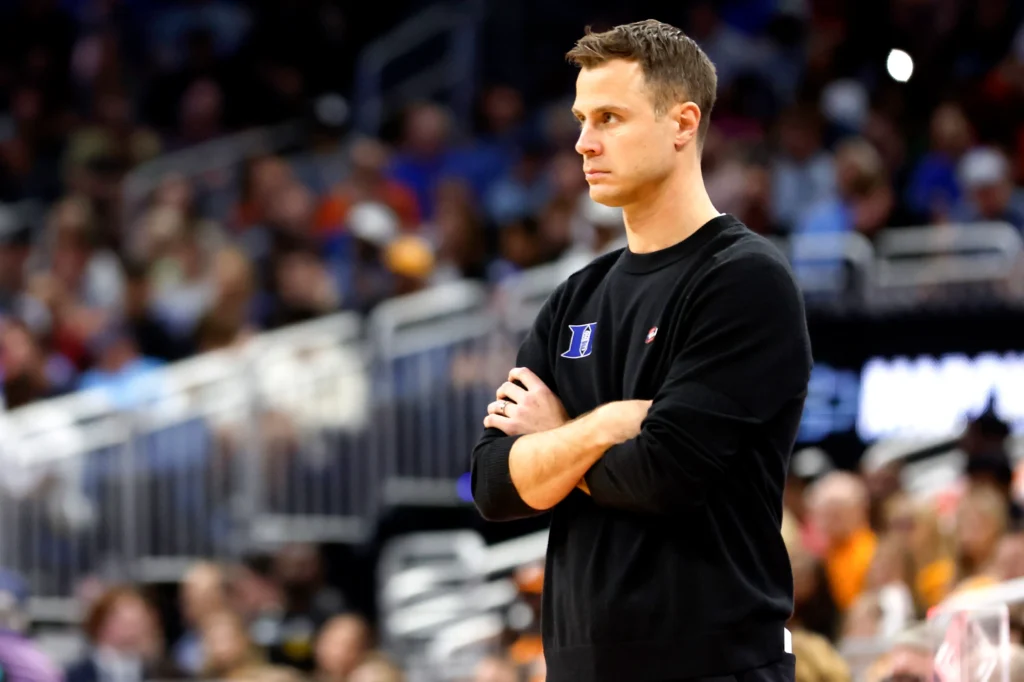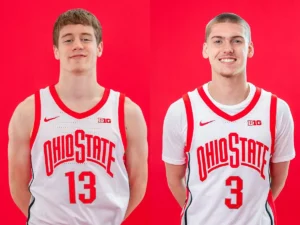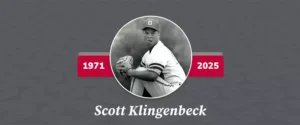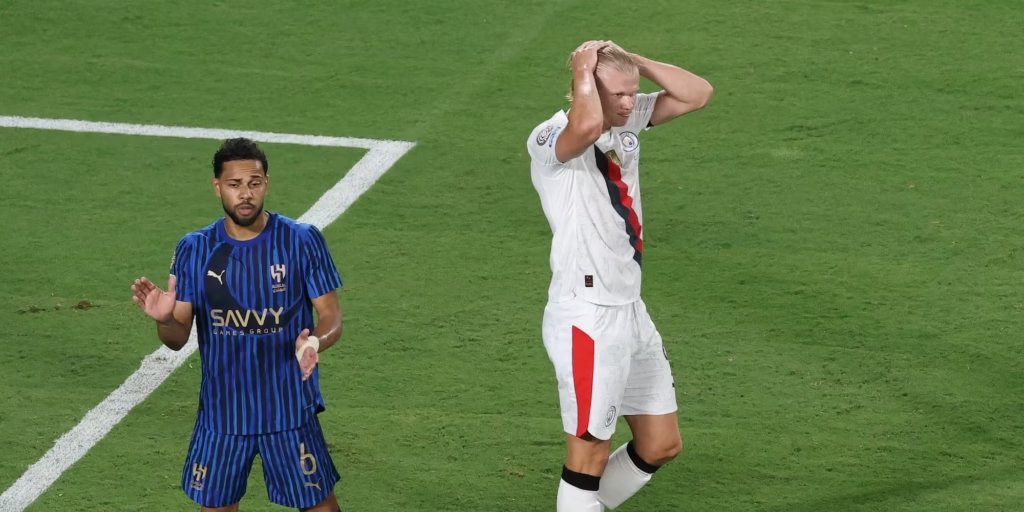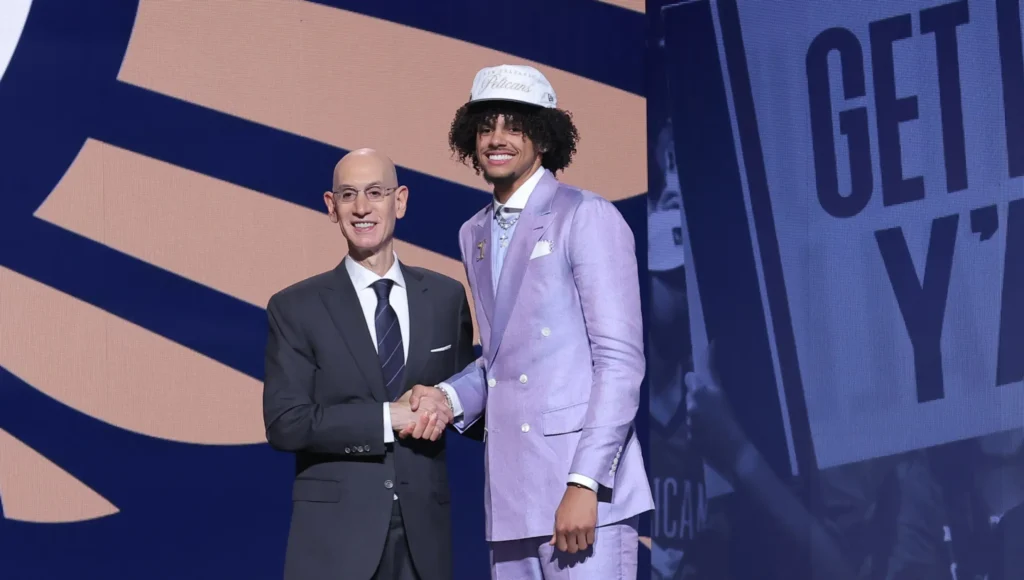
The 2025 NBA Draft was filled with surprises, calculated gambles, and franchise-defining moves. One such move came at pick number 23, when the New Orleans Pelicans selected Asa Newell out of the University of Georgia and then traded him to the Atlanta Hawks. While this wasn’t the loudest transaction of the evening, it may turn out to be one of the most significant for a Hawks franchise looking to retool around a younger, more versatile core. In Asa Newell, the Hawks get a rangy, athletic, and high-upside forward with the physical tools and developing skill set to become a major contributor at the NBA level.
Standing at 6-foot-10 with a 7-foot-1 wingspan, Newell brings an intriguing mix of size, mobility, and defensive versatility. He spent one year at Georgia, where he averaged 11.4 points, 6.7 rebounds, and 1.8 blocks per game while shooting over 53% from the field. Although still raw offensively, Newell flashed the kind of two-way potential that NBA teams covet in modern frontcourt players. His defensive instincts, combined with his agility and length, allowed him to guard multiple positions, protect the rim, and switch onto smaller players without becoming a liability. In a league increasingly dominated by positionless basketball, Newell fits the mold of the new-age power forward or even a small-ball center.
The Atlanta Hawks, having missed the playoffs in recent seasons and flirting with mediocrity, needed a jolt of youth, energy, and long-term upside. The trade for Newell signals a commitment to developing players who can grow into their roles, rather than chasing quick fixes or short-term gains. For Atlanta, which has been balancing the need to remain competitive with the reality of needing a roster overhaul, Newell provides a fresh start in the frontcourt and a possible cornerstone if his development curve aligns with expectations.
What stands out most about Asa Newell is his defensive potential. Few players in the draft showed his ability to impact the game on that end of the floor. At Georgia, he routinely altered shots in the paint, closed out effectively on shooters, and displayed an excellent understanding of weak-side rotations. His timing as a shot-blocker and his willingness to contest everything made him one of the more feared defenders in the SEC. He’s not just a shot blocker—he’s a disruptor. He gets into passing lanes, covers ground quickly, and plays with an edge that can’t be taught.
On offense, Newell’s game is still evolving, but the building blocks are present. He is a strong finisher around the rim, often utilizing his length and bounce to finish through contact or over defenders. In transition, he runs the floor with urgency and can finish lobs or clean up missed shots with authority. His mid-range jumper is workable, and during his freshman season, he began to show signs of range extending beyond the arc. Though he only hit around 30% from three, the mechanics are fluid enough to suggest that, with time and repetition, he could develop into a capable floor spacer. If he becomes even a league-average shooter from deep, his value skyrockets.
One of the key traits that separates Newell from other big men is his ability to handle the ball in space. While he’s not a primary initiator, he’s more than comfortable putting the ball on the floor for a couple of dribbles, especially in transition or attacking closeouts. This opens up possibilities for the Hawks to use him in different ways—whether as a roll man, a trailer, or even initiating some offense from the top of the key. That versatility makes him a potential mismatch problem in the future, particularly if paired with smart playmakers like Trae Young or Dejounte Murray, assuming either remains part of Atlanta’s long-term plans.
Newell’s fit with the Hawks is particularly interesting given the state of Atlanta’s frontcourt. With Clint Capela aging and Onyeka Okongwu still figuring out his long-term role, the door is open for Newell to find meaningful minutes early in his career. He may not be ready to start from day one, but his defense alone will get him on the floor. Atlanta has long needed a switchable forward who can defend multiple positions and help anchor a modern defensive scheme. Newell checks those boxes and does so with athletic upside that can’t be taught.
Off the court, Asa Newell is described by those who know him as focused, humble, and hardworking. He approaches the game with seriousness and discipline, two attributes that should bode well for his transition to the NBA. He was well-regarded at Georgia for his attitude in practice and his willingness to learn from coaching. That coachability matters greatly, especially for young players entering the league with high expectations and pressure to contribute. The NBA is filled with talent, but those who succeed most often are the ones who embrace the process of getting better every day. Newell appears to be one of those players.
Atlanta’s coaching staff and development system will play a vital role in his growth. The organization has had mixed results with young talent in recent years, but they now seem more committed to structured development. If they give Newell the right mix of playing time, patience, and mentorship, they may end up with a defensive centerpiece and versatile contributor who elevates the play of those around him. His physical profile alone makes him an outlier, and if he adds a consistent jumper and refines his offensive decision-making, the Hawks will have a gem.
From a fan perspective, Newell offers a different kind of excitement than a high-volume scorer or a flashy guard. He brings energy plays—chase-down blocks, hustle rebounds, put-back dunks—that ignite crowds and swing momentum. His game is built on effort, and in a basketball city like Atlanta, where fans appreciate intensity and toughness, he could become a crowd favorite. While it may take a season or two for him to fully blossom, the signs are all pointing in the right direction.
There’s also an intangible benefit to bringing in a player like Newell. He represents a shift in how Atlanta is approaching roster construction. No longer simply building around a single star or duo, the team seems more focused on acquiring adaptable, team-first players who can contribute in multiple ways. Newell doesn’t need the ball in his hands to make an impact. He thrives in structure, plays with purpose, and does the dirty work. That’s the kind of player winning teams are built on.
As the Hawks look to redefine themselves and move forward with a new vision, Asa Newell becomes a central part of that blueprint. He may not have the polish or media attention of a top-10 pick, but his upside is undeniable. He’s the type of player who can anchor a second unit now and grow into a starting-caliber forward as his offensive game develops. With the NBA trending toward multi-positional defenders who can stretch the floor, Atlanta may have gotten excellent value with this pick and trade.
Asa Newell’s journey from college standout to NBA rookie is just beginning, but the path ahead is bright. He has the tools, the mindset, and the environment to become a significant player in the league. The Hawks made a calculated move to acquire him, and if their patience holds and their development system performs, they could be rewarded with one of the best two-way forwards in this class.
The trade between New Orleans and Atlanta may have flown under the radar on draft night, but years from now, it could be remembered as the moment the Hawks added a key piece to their future. Asa Newell isn’t just another prospect—he’s a difference-maker in the making. The work starts now, and if his past is any indication, he’ll meet the challenge head-on.
